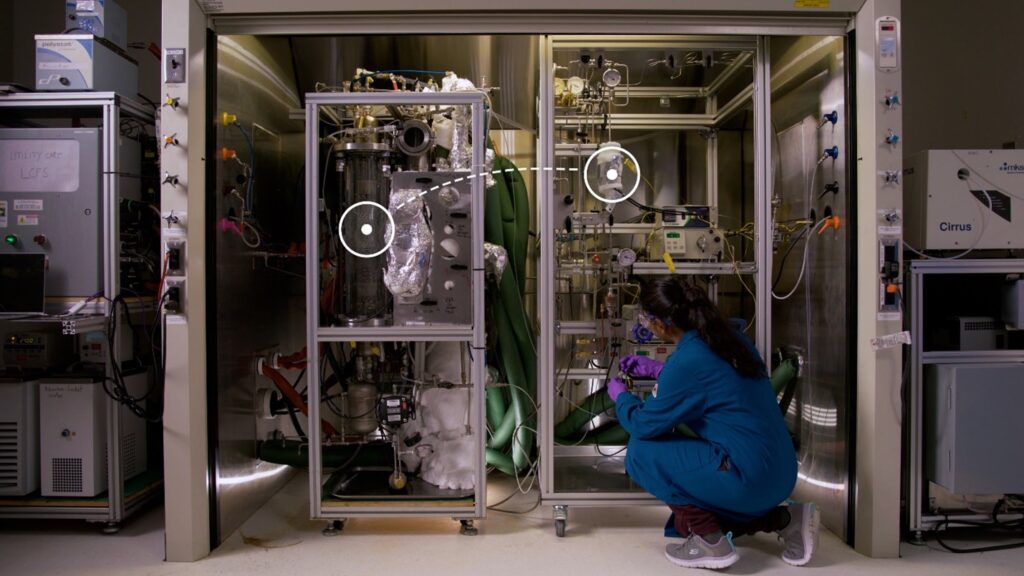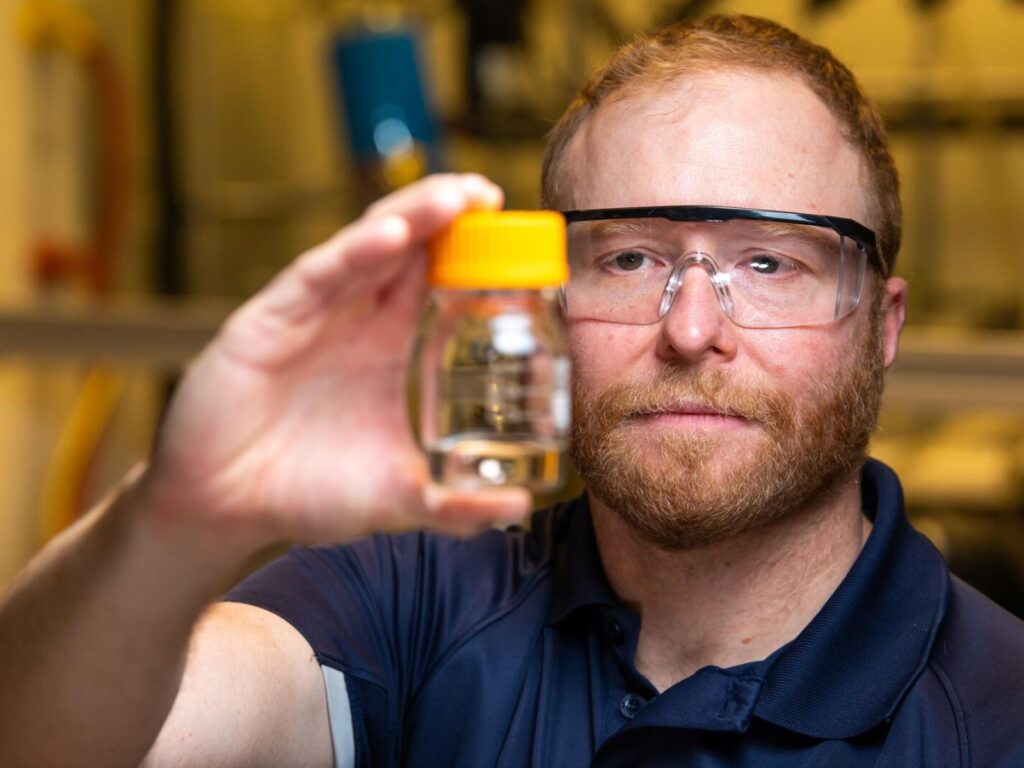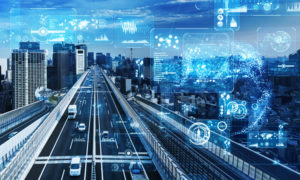
Carbon capture and storage (CCS) systems are a promising technology for reducing carbon dioxide (CO2) emissions from power plants and industrial facilities. CO2 is one of the main greenhouse gases responsible for global warming, and reducing emissions from these sources is crucial for achieving global climate goals.
There are two main types of carbon capture systems: post-combustion and pre-combustion. Post-combustion capture involves capturing CO2 after it has been released from the combustion process, while pre-combustion capture captures CO2 before it is released.
Post-combustion capture systems use various technologies, such as amine solvents, to capture CO2 from the flue gas produced by power plants and industrial facilities. The captured CO2 is then compressed and transported to a storage site, typically an underground geological formation. One of the main advantages of post-combustion capture is that it can be retrofitted to existing power plants, allowing for a relatively quick deployment of the technology.
Pre-combustion capture systems, on the other hand, capture CO2 before it is released by converting fossil fuels into a mixture of hydrogen and CO2. The CO2 is then separated and captured, while the hydrogen is used as a fuel. Pre-combustion capture systems are typically more efficient than post-combustion systems, but they require the construction of new power plants or the retrofitting of existing ones.
The cost of carbon capture is a major barrier to the widespread deployment of the technology. However, costs have been decreasing in recent years, and it is expected that they will continue to decrease as the technology is further developed and deployed. Additionally, government policies, such as carbon pricing and subsidies, can help to reduce costs and encourage the deployment of carbon capture systems.

A recent breakthrough post-combustion carbon capture system unveiled by the researchers from the Pacific Northwest National Laboratory promises to cut those costs significantly by converting the captured carbon into methanol. Methanol being one of the most produced chemicals in the world, utilized in the production of many everyday items such as plastics, paints, construction materials and biofuels.
The sales from the created methanol can generate meaningful revenues for power plants, further decreasing the costs of running carbon capture systems. PNNL scientists believe that this form of carbon recycling, can boost the development and adoption of CCS around the world. The new system is intended to work with the flue gas emitted by coal, gas and, biomass power plants.
Innovation in the carbon capture sector is essential in the fight against climate change. The International Energy Agency (IEA) estimates that CCS could reduce CO2 emissions by up to 10 Gt by 2050, which is equivalent to about one-fifth of the total emissions reduction needed to meet the Paris Agreement targets.
The new carbon capture system created by Pacific Northwest National Laboratory researchers is a promising technology that could play a vital role in the fight against climate change. Its high selectivity, stability, and lower cost of production make it an attractive option for large-scale carbon capture and storage. With further research and development, this technology could become a vital tool in the effort to reduce carbon emissions and slow down the effects of global warming.
Bibliography:
Bane, Brendan. “Scientists Unveil Least Costly Carbon Capture System to Date.” PNNL. Published January 23, 2023. https://www.pnnl.gov/news-media/scientists-unveil-least-costly-carbon-capture-system-date
IEA. “Carbon capture, utilisation and storage.” IEA. Accessed January 25, 2023. https://www.iea.org/fuels-and-technologies/carbon-capture-utilisation-and-storage
IEA. “Pathway to critical and formidable goal of net-zero emissions by 2050 is narrow but brings huge benefits, according to IEA special report.” IEA. Published May 18, 2021. https://www.iea.org/news/pathway-to-critical-and-formidable-goal-of-net-zero-emissions-by-2050-is-narrow-but-brings-huge-benefits
Kothandaraman, Jotheeswari et al. “Integrated Capture and Conversion of CO2 to Methanol in a Post-Combustion Capture Solvent: Heterogeneous Catalysts for Selective C-N Bond Cleavage.” Advanced Energy Materials. Published October 3, 2022. https://onlinelibrary.wiley.com/doi/10.1002/aenm.202202369

